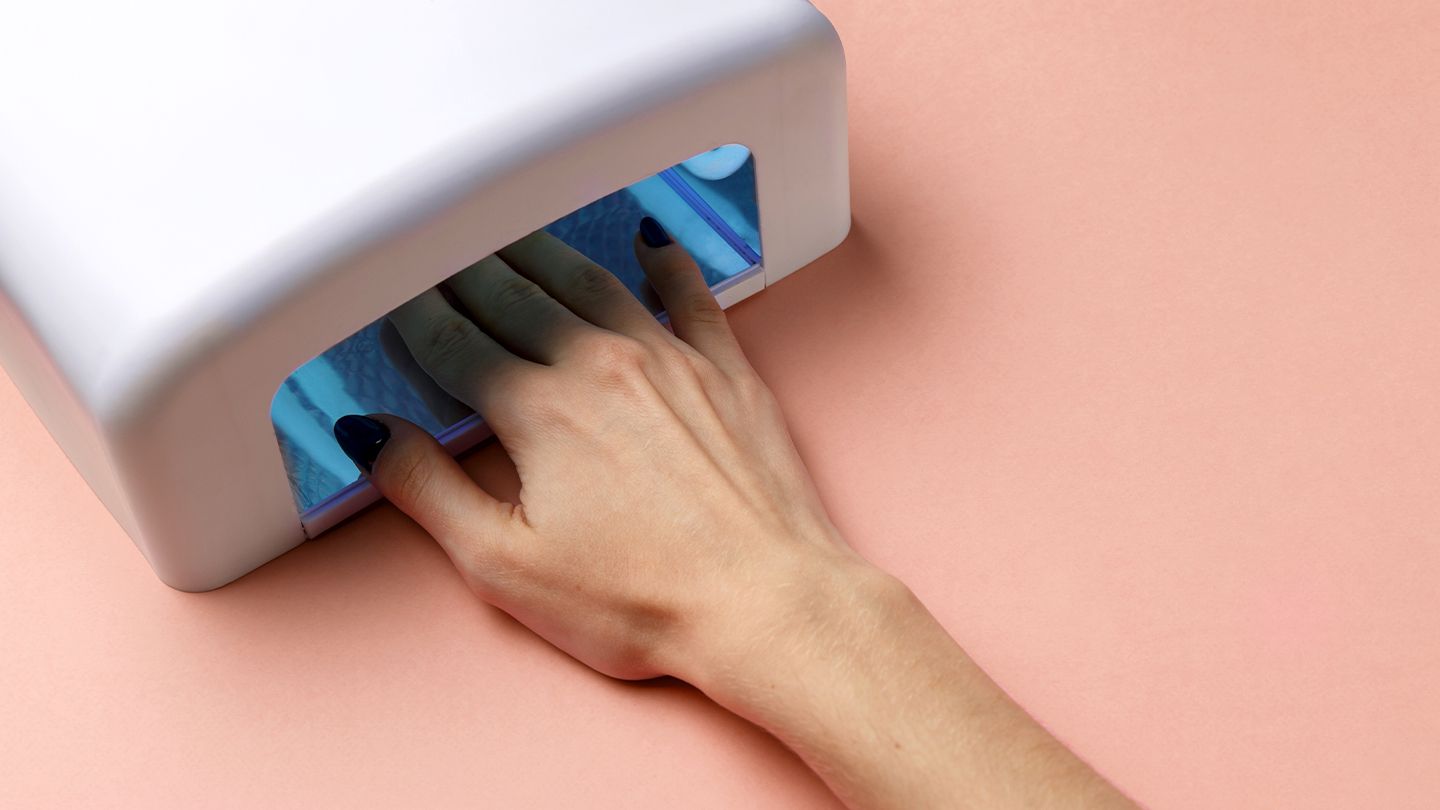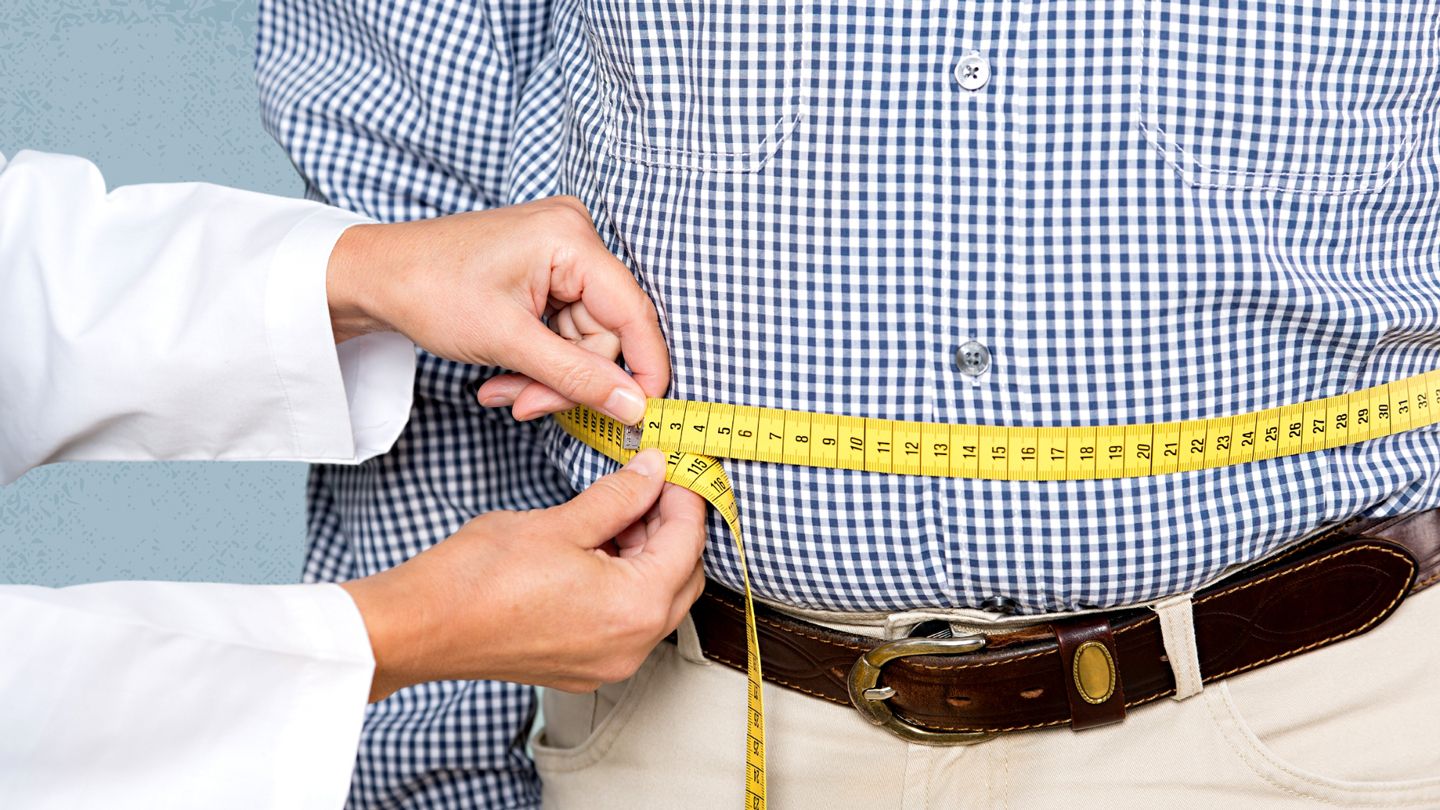Gel manicures are a popular option at salons because they’re so long-lasting compared with traditional varnish manicures. But a small laboratory study published January 17 in Nature Communications found that repeated exposure to UV light from the special nail dryers used for gel manicures may raise skin cancer risk, contradicting previous research that deemed the dryers safe.
“I definitely did not expect these results,” says Maria Zhivagui, PhD, the lead author of the study and a postdoctoral researcher at UC San Diego who focuses on cellular and molecular medicine. “These machines are widely marketed as safe, even by the U.S. Food and Drug Administration (FDA). … I got very worried and have stopped using gel manicure just to be safe and take as much precaution as possible.”
Although people are aware that tanning beds raise skin cancer risk because of prolonged ultraviolet (UV) exposure, the same cannot be said for UV nail dryers, which expose only the hands and nails to UV light for about 10 minutes in total per manicure.
One reason is that tanning beds emit both UVA and UVB radiation, while UV nail dryers emit only UVA radiation. Researchers have extensively investigated the impact of UVB rays on skin, but “no study has evaluated the large-scale effect of UVA light from cosmetic devices as a potential carcinogen,” says Zhivagui.
Cell Samples Showed DNA Damage After UVA Exposure
An extensive systematic research review published in the Journal of Clinical and Aesthetic Dermatology in July 2020 found no reported cases of skin cancer in people 40 or younger with a history of gel manicures. That led those researchers to conclude that gel-manicure nail dryers posed “little to no carcinogenic risk.”
But in the new study, researchers took a different approach, looking at the effects of various levels of UVA exposure on different cell samples in the lab: mouse cells, human foreskin cells, and adult human skin cells. They exposed each type of cell to UVA radiation one, two, or three times for up to 20 minutes, then evaluated the cells 48 hours after the final UV exposure.
The scientists found cell damage, as well as cell changes that indicated potential cancer, in all the samples exposed to UVA light. There were also high levels of reactive oxygen species, which can accelerate skin aging, cause cell death, and promote cancerous tumor growth.
How to Reduce the Risk of Skin Cancer From UV Nail Dryers
The UC San Diego study has a number of limitations. The study was carried out on both human and animal cells in a laboratory setting, so the results may not translate to real-world risk in actual people. Future research will be required to conclusively prove that UV nail dryers cause skin cancer, explains Zhivagui.
But Nazanin Saedi, MD, a dermatologist and a clinical associate professor at Thomas Jefferson University in Philadelphia, who was not involved in the study, says it’s reasonable for people who get gel manicures to take precautions. She says the research finding is “concerning” and adds, “Before the study, there [were] case reports of squamous cell carcinoma [a type of skin cancer] that developed on people who frequently get gel manicures.”
Anyone who wants to reduce their risk of skin cancer might want to limit how often they get gel manicures, says Dr. Saedi — especially individuals with fairer skin, who face higher skin cancer risk. She advises her own patients to try dip powder manicures instead.
If people still want gel, she recommends taking extra precautions, like applying SPF15 or higher sunscreen to the hands, or wearing protective gloves designed to shield the skin from UV light. Still, she says, the skin around the nail bed will remain at risk from UV exposure.




